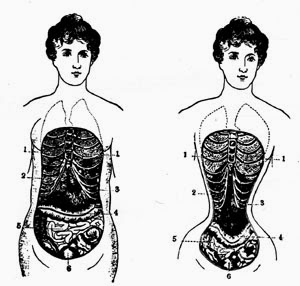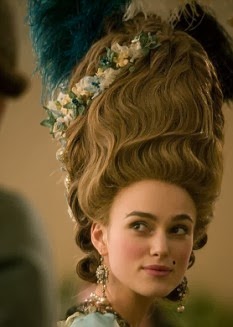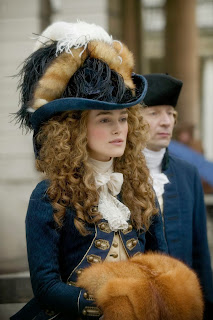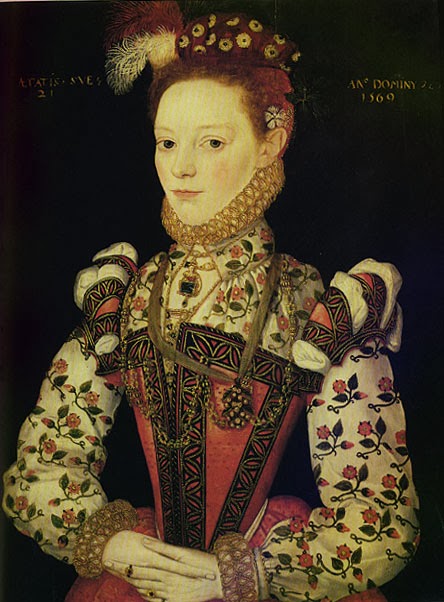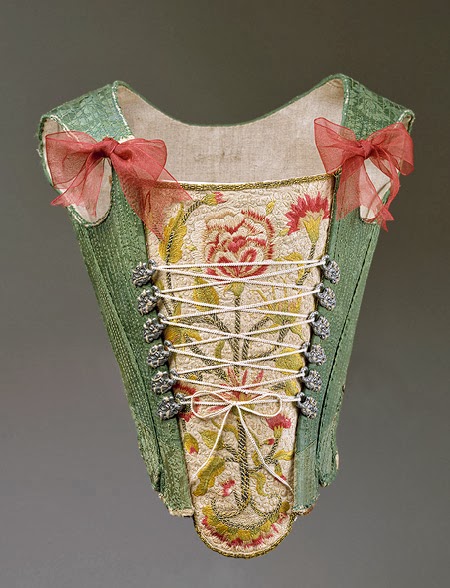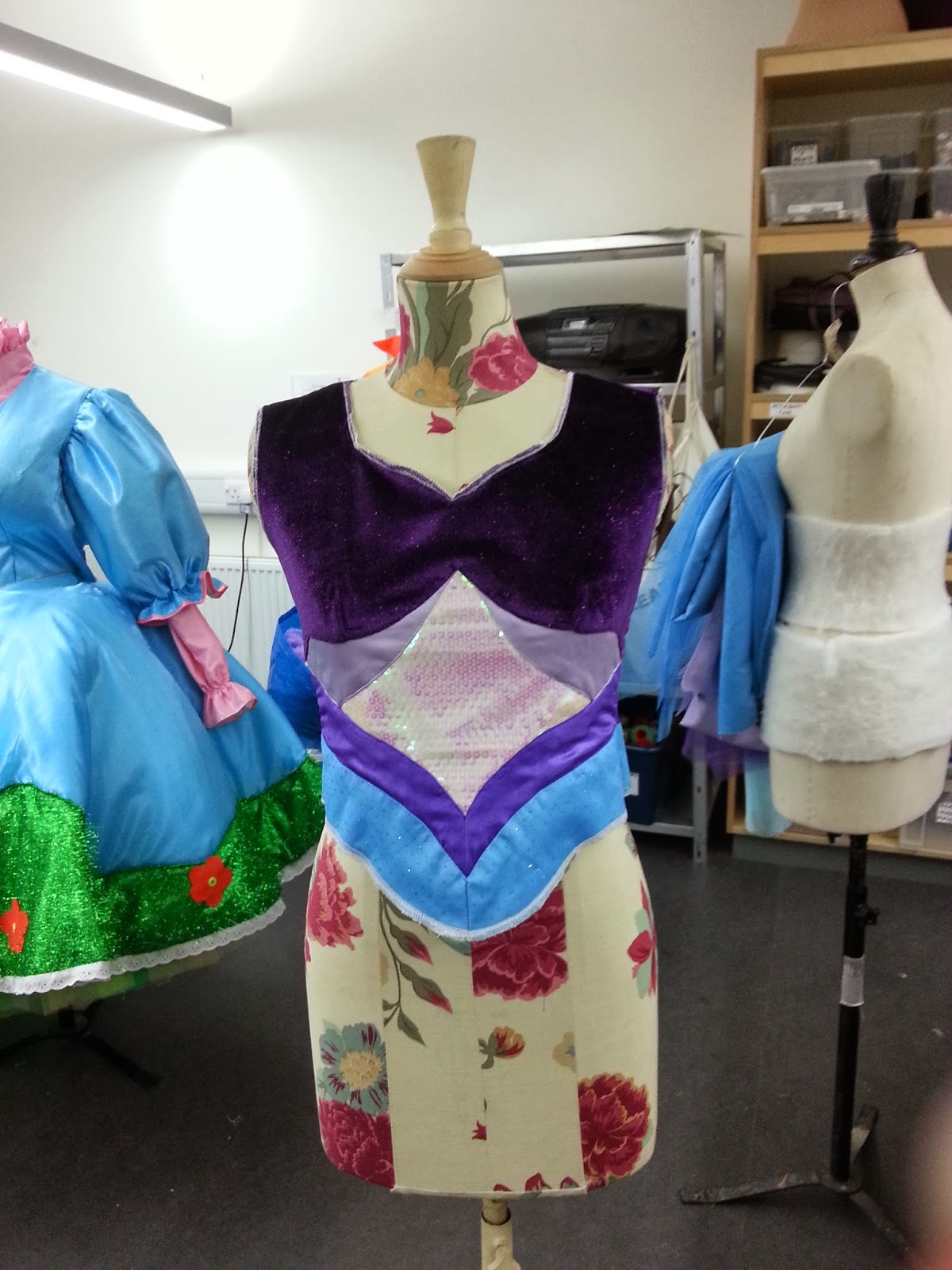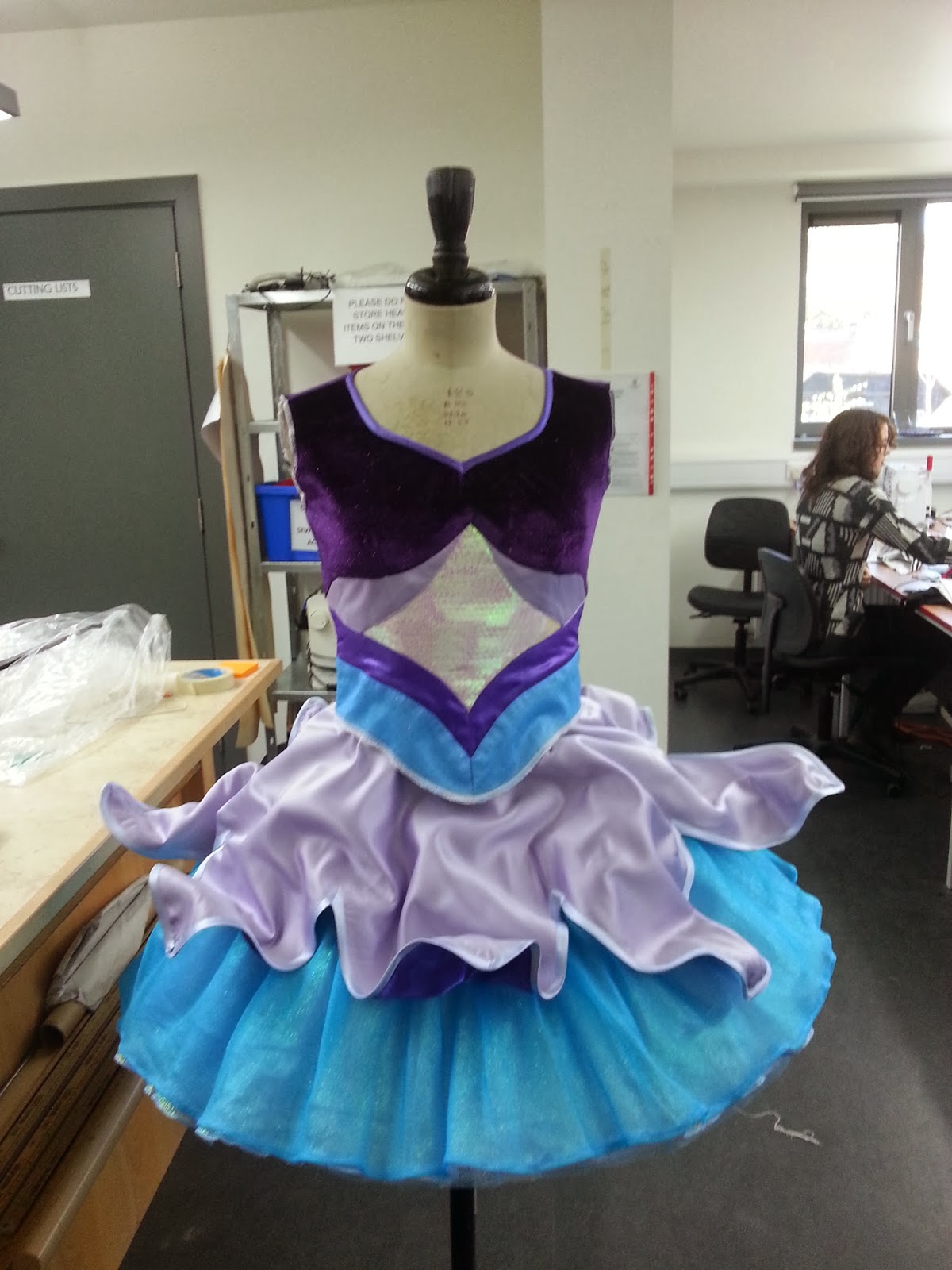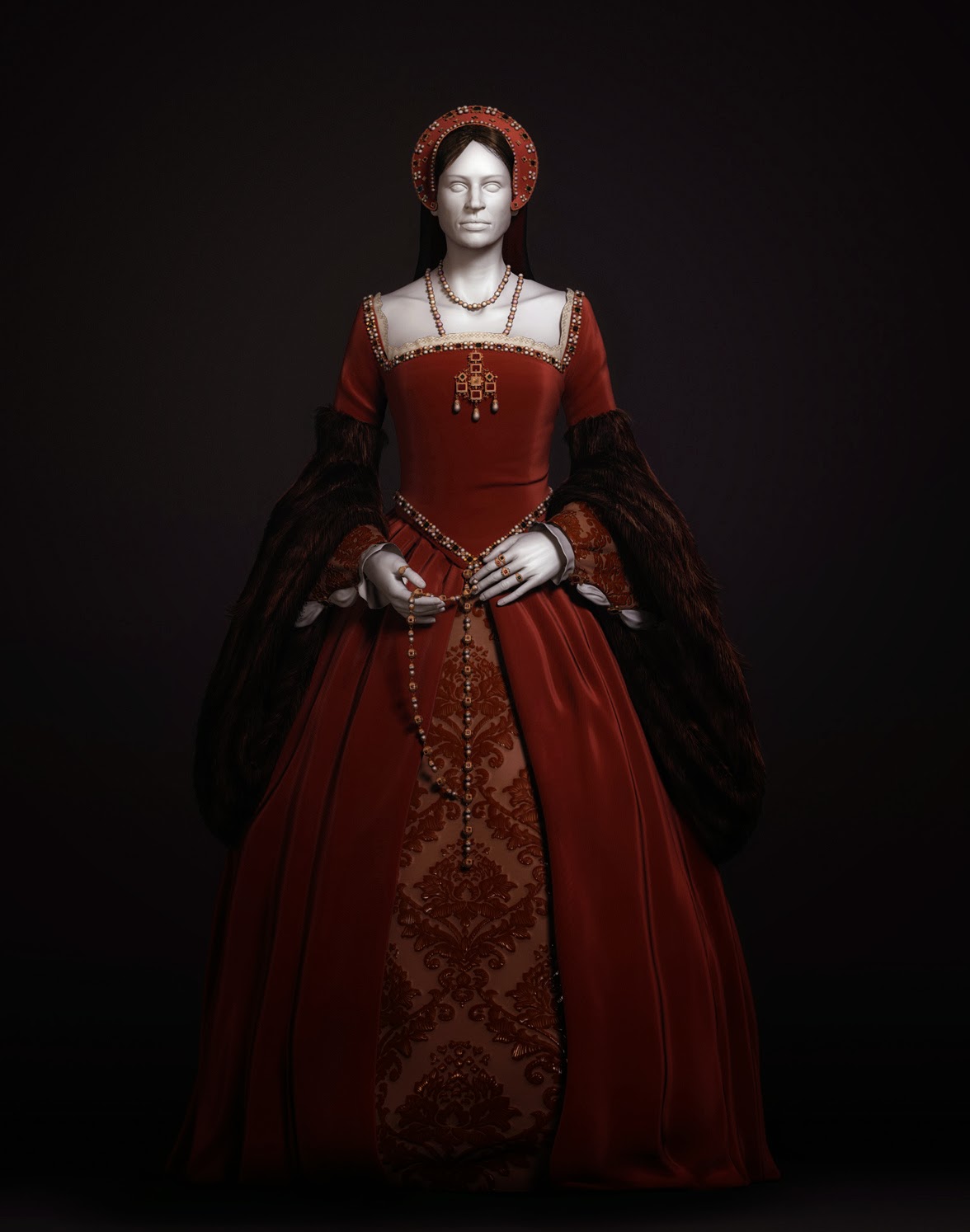

A big change from the more comfortable Regency corsets. I think today these are the types of corsets most people think of first when the topic is thought up. they had such a massive impact on woman's bodies. They were all about making the waist like an hour glass or S shape. Pulling the waist in and will pulling the bust in. Corsets stopped being worn at the hip and extended to several inches below the hip. They were made with whale bone or iron metal pieces, thus restricting movements. The were strung a set way with the knot in the middle so as to take in as much pressure as possible when tightening. See video:- http://www.youtube.com/watch?v=lKFuGAIUrBY

This caused massive health implications without even realising it. Doctors used to actually proscribe them to women for helping posture and getting rid of pregnancy fat. Corsets were even worn during pregnancy. The biggest problem was the miss placement of the organs which cold cause haemorrhaging, blood clots, weakness of muscles and organ damage or failer in worse cases.


